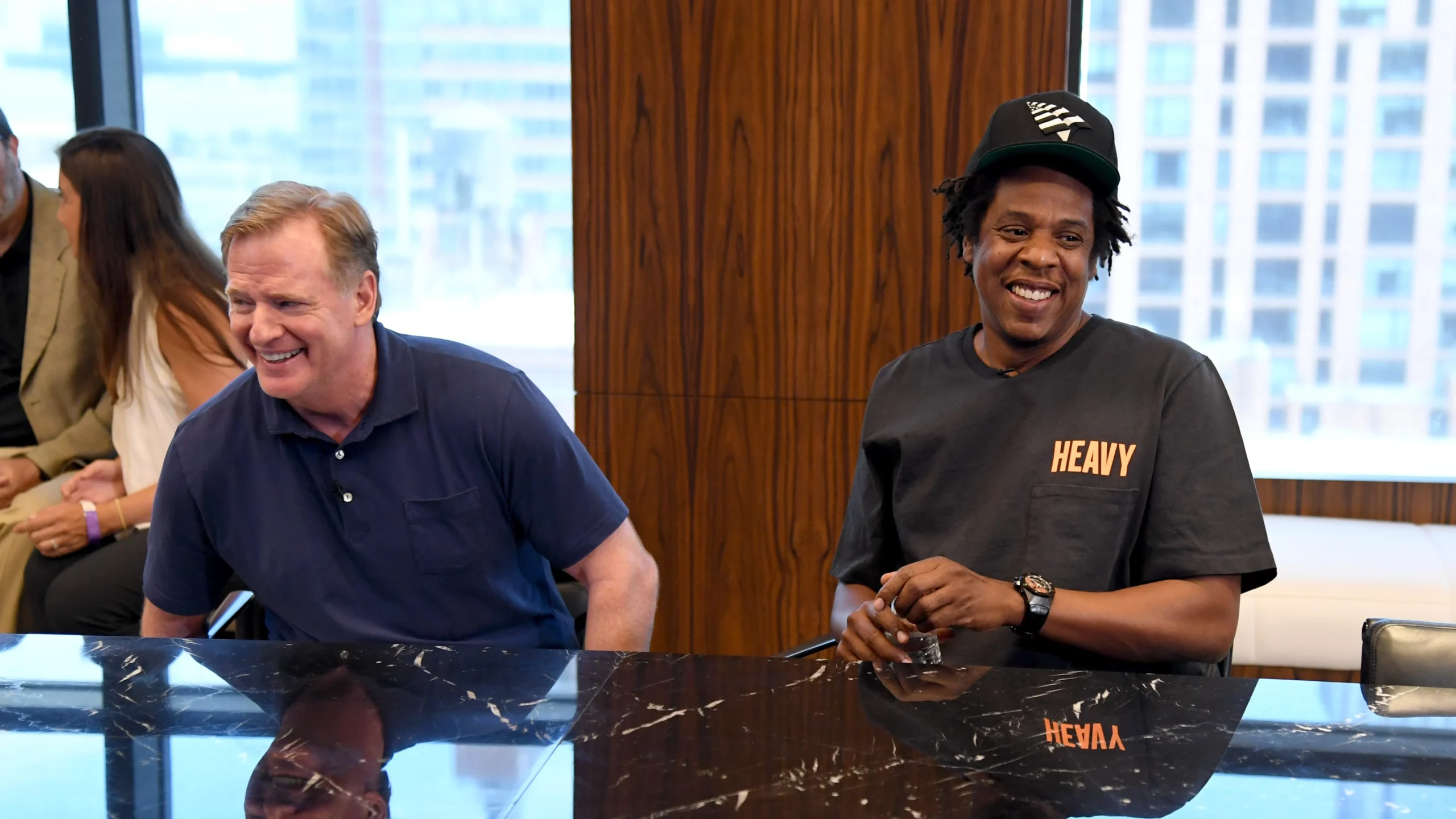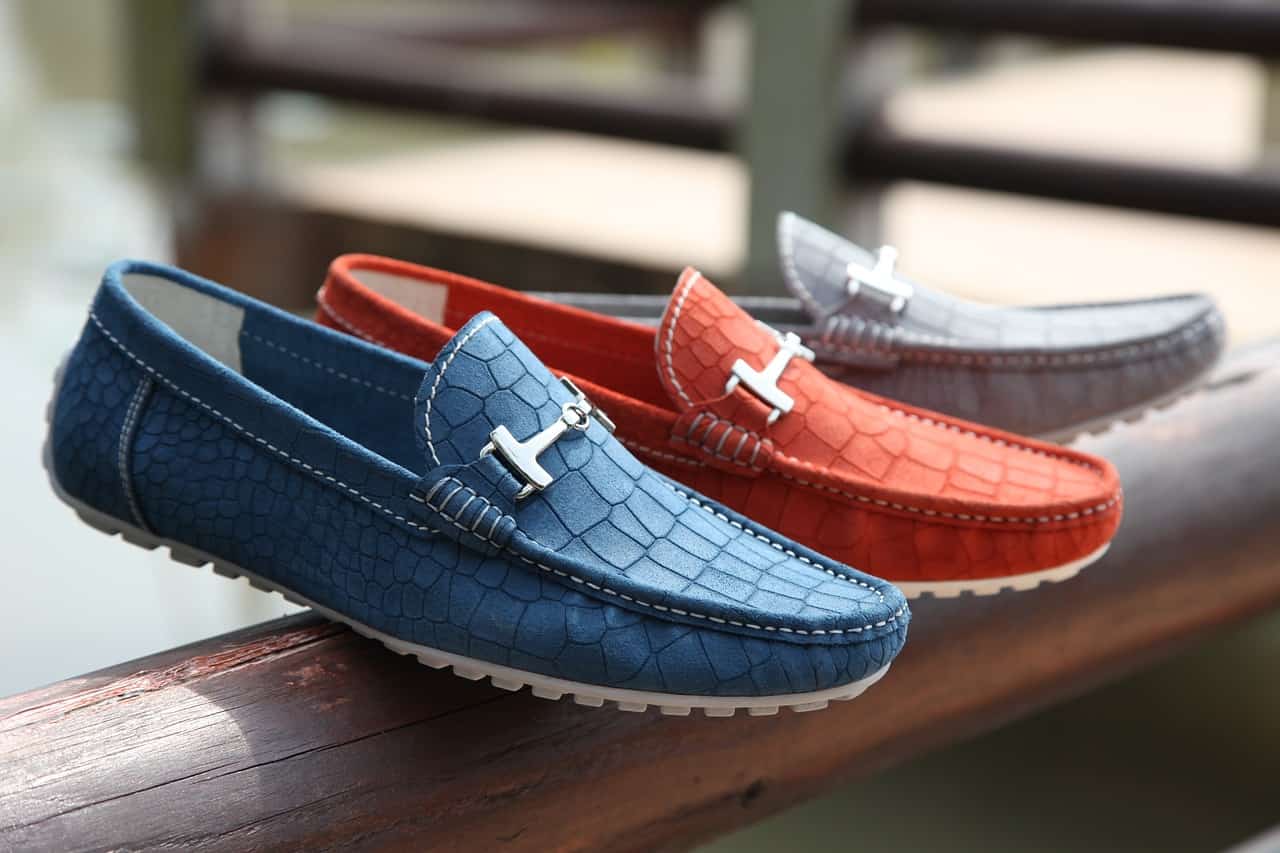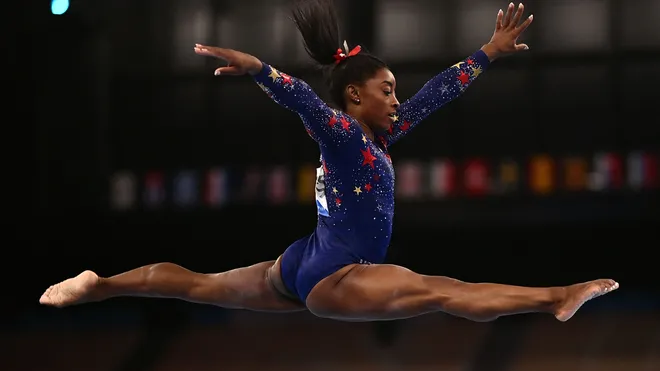Illinois state Rep. Travis Weaver still remembers the surreal feeling of sitting in a political science class at the University of Alabama, with Heisman Trophy winner Mark Ingram a few rows behind him. It wasn’t just the thrill of the football victories that stuck with him—it was the sense of pride and unity in the entire community every time the Crimson Tide clinched a national title. Weaver was there for two championships during his time at Alabama from 2010 to 2015. He’s convinced that the success of the football team brought benefits far beyond the field.
“The city of Tuscaloosa, the state of Alabama, the employers who recruited students from Alabama—they all benefitted massively because of the football team’s success,” Weaver said. “Coach Saban made that school a different place. It wasn’t just about the team getting better. The entire community got stronger because of it.”
Now, Weaver is pushing to bring some of that success to Illinois. He wants to make it easier for Illinois schools to keep top athletes at home by offering a tax break on their name, image, and likeness (NIL) earnings. Specifically, he’s proposing to exempt the first $100,000 of NIL earnings from the state income tax. Other states like Georgia and Alabama are even looking to eliminate the tax altogether, and Louisiana has a similar proposal on the table.
The idea is simple: make Illinois more attractive to recruits by leveling the playing field with states like Florida, Texas, and Tennessee, which don’t have state income tax. For lawmakers in Illinois, Georgia, Alabama, and Louisiana, it’s a way to compete for recruits while also keeping the money local.
But not everyone is on board. Some people, like social media influencers, actors, or musicians who make money from their own NIL, might wonder why athletes get special treatment. They could see it as unfair that the quarterback or point guard gets a break while they don’t.
There is some legal precedent. In 2016, President Obama signed a law that eliminated the “victory tax” on Olympic medalists, meaning they didn’t have to pay taxes on their medals and prize money up to $1 million. Still, as attorney Daniel Ryan pointed out, it might not be easy to justify giving athletes a tax break while other students are left out.
“While the optics might not be great for people who make money off social media, I don’t think there’s a legal issue preventing it,” said Ryan, a former IRS attorney now at Sullivan and Worcester in Boston.
Michael Rueda, an attorney who works with athletes and schools on NIL issues, agreed, noting that states would need to show there’s a good reason for offering special treatment to athletes.
In general, athletes tend to focus more on factors like team competitiveness, their role, and marketing opportunities than they do on taxes when choosing a school. For example, Michael Guariglia, an attorney who works with colleges on NIL, questioned whether income tax would play a big role in a recruit’s decision, pointing out that it’s probably more important for players to know they’ll be the starting quarterback or point guard.
That said, the tax break could still be a draw for recruits in certain states. If the Illinois proposal passes, for example, a recruit staying in state would save a little over $5,000 on $100,000 in NIL money. In Alabama, where state income tax ranges from 2% to 5%, that same recruit would save around $5,000. In Louisiana, the savings would be about $3,000. And for players with bigger NIL deals, those savings would obviously be much higher.
Weaver sees this proposal as a way to help Illinois’ mid-major schools, like Bradley, Illinois State, and Loyola Chicago. These schools, he believes, could see a big boost in applications, game attendance, and overall visibility if they were able to attract top recruits and become more competitive in the NCAA tournament.
“If those schools can make the tournament once every three years instead of once every five, that could lead to a 10% bump in applications, which could make a huge difference in keeping those schools afloat in the long term,” Weaver said.
Weaver points to Loyola Chicago as a great example of the impact success on the court can have on a school. After Loyola’s basketball team made a run to the Final Four in 2018 and the Sweet 16 in 2021, the school saw a huge increase in applications and merchandise sales. Loyola’s Sister Jean bobbleheads and maroon-and-gold scarves became hot items, showing just how much a successful sports program can boost a university’s profile.
Even if Weaver’s proposal costs the state around $750,000 in lost tax revenue, he believes the investment would pay off in the long run—helping to strengthen the local community and keeping Illinois’ colleges competitive on the national stage.




